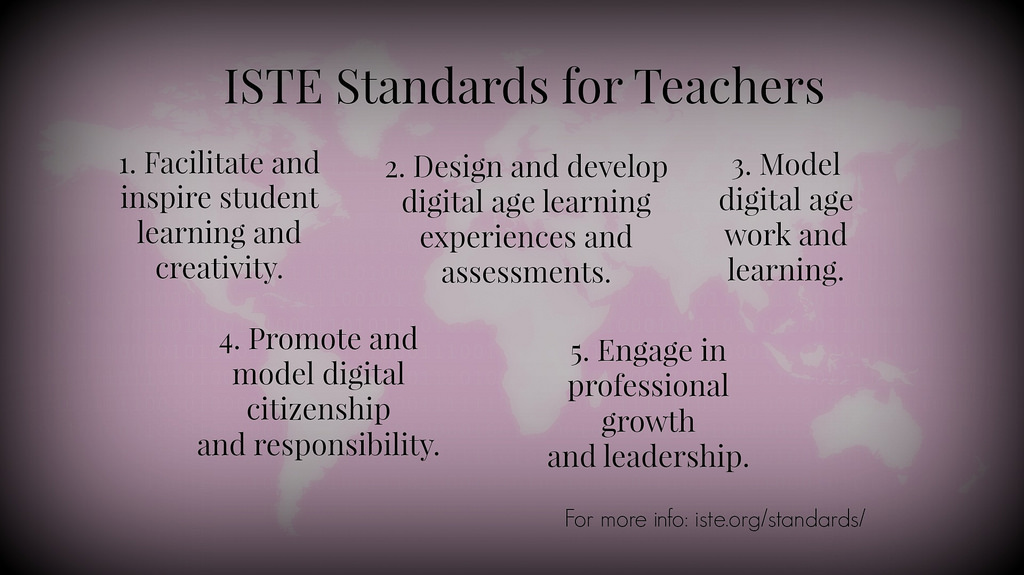The second standard in our series on the ISTE Standards for Students is Communication and Collaboration. The standard says, “Students use digital media and environments to communicate and work collaboratively, including at a distance, to support individual learning and contribute to the learning of others.” In other words, students use technology tools to communicate and collaborate across schools, cities, states and even continents to develop better social skills and to learn about other cultures. These life skills can begin as early as kindergarten.
Sub-standard 2a states: “Students interact, collaborate and publish with peers, experts, or others employing a variety of digital environments and media.” There are many ways teachers can reach out to others around the world. Finding partners is as easy as posting a request on social media, in discussion forums with other interested teachers, or during professional development or conferences. They can use free services like Google Hangouts or Skype to telecommunicate with other classrooms. It is important, however, that once contact is made, the relationship is maintained throughout the school year so that collaboration can continue successfully.
Sub-standard 2b says, “Students communicate information and ideas effectively to multiple audiences using a variety of media and formats.” With the help of technology, students are able to communicate with a much broader audience with ease. While students have a good sense of how to use technology for this, they do need explicit instruction on how to communicate clearly and effectively in a variety of formats.

In sub-standard 2c, which states: “Students develop cultural understanding and global awareness by engaging with learners of other cultures,” we see that students should be exposed to other cultures in order to learn about people, traditions and behaviors they may not otherwise experience. For example, a cross-cultural experience with a student from another continent on Google Hangouts may reveal a different climate, school setting, way of dress, or tradition that is new and exciting.
Finally, sub-standard 2d says, “Students contribute to project teams to produce original works or solve problems.” Learning to work together in cooperative groups is a life skill everyone needs, and technology makes the task of working with others easily attainable. Not only can students work with other students within the four walls of their classroom, but through technology, students can break physical barriers to collaborate with other students all over the globe. They may also collaborate with professionals and mentors in a chosen field of study, communicate with elected officials and ask questions of astronauts in space! (It can and did happen here in Dearborn back in the fall!) By going outside the classroom walls, students can work with experts to solve real world problems in their own backyard and beyond.



